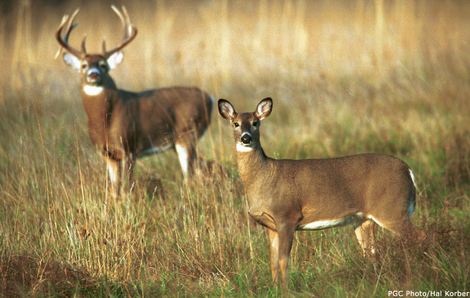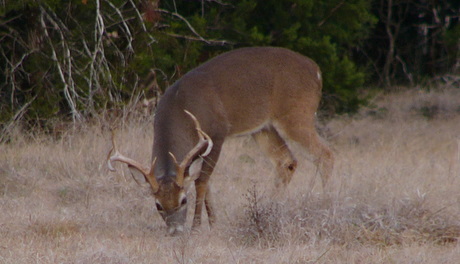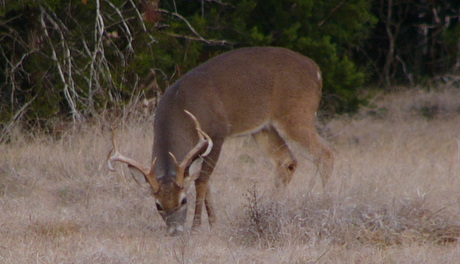Deer management. You have heard the words before, but what does it mean to you? To different people it means different things. To pure hunters, deer management revolves around harvest management. You either shoot to get the deer population down or you lay off the herd to let the numbers grow. Sure, harvest management should be an important part of any comprehensive deer management plan, but keep in mind that it’s not the only thing.
It’s real easy to talk about deer management, but there is talking the talk and walking the walk. White-tailed deer, like all animals, have three primary needs: food, cover, and water. This seems easy enough, but there really is a big misconception among lots of folks about what deer actually eat. If you don’t already know that deer eat primarily forbs and browse, then you have some homework to do because the words “browse” and “forb” mean absolutely nothing to you. But it’s not a big deal because it’s relatively easy to learn about and research the important deer browse and forbs in your area. Once you know what deer eat, the next step is to figure out how to provide more of those foods through proper habitat management.

Habitat management is important not only for the food that it provides, but also to satisfy the cover requirements that white-tailed deer need. Deer can live in a variety of habitats, but landscapes that range from 40 to 60% brushy and woody cover and interspersed with open areas provide ideal deer habitat. This is because, once again, deer eat both browse, the leaves and stems of woody plants, and certain forbs, which are commonly referred to as weeds or wildflowers by the majority of people.
A key factor to deer management is knowing that deer drastically impact the quality of their habitat. A lot of people to not realize this. Here is where it gets a bit tricky, but I will spare the more important details that are available elsewhere on this site. If your deer population is at the proper carrying capacity (winter density) for the habitat, then habitat conditions will be good. If habitat conditions are good, then reproduction of deer (fawning rate) will be high. If reproduction is high, then a large number of animals must be removed (harvested) each fall because so many animals will be recruited into the existing deer population.
Now, if one fails to remove these animals then over time habitat conditions decline. Once vegetative conditions deteriorate, the number of fawns produced each year declines. Eventually, you end up with a bunch of deer that exhibit poor body conditions and have very poor reproduction. However, if you strive to create good deer habitat through sound habitat management practices and work to keep the population in check, then each year you will have a healthy doe population, a high fawning rate, and a buck segment with excellent body condition and antler quality.
Of course, this is an overly-simplified article discussing the basics of deer management. If you desire to properly manage the white-tailed deer and habitat found on your property, then I encourage you to check out the rest of this site and subscribe via email above to get the latest articles sent directly to your inbox.

